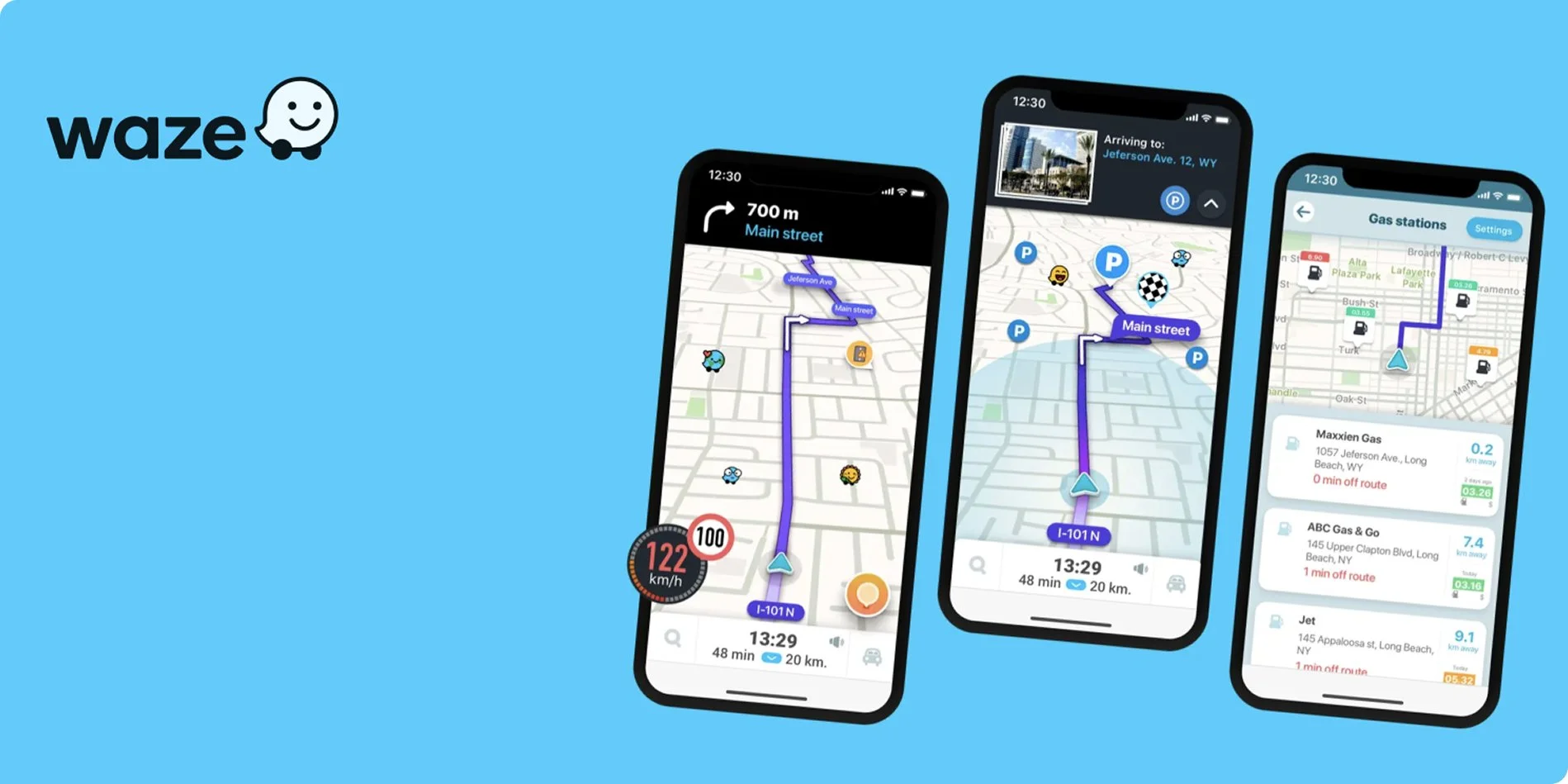
Waze Public Sector Partnership StrategY
Project overview
UrbanSense partnered with Waze, a mobility company within Google’s portfolio, to develop a forward-looking strategy for Public Sector Partnerships.
Client:
Location: New York, NY
Services:
Policy Research & Analysis
Segment: Private
Industry: Real Estate, Technology
Background
Waze sought to enhance its collaboration with the public sector, including city governments, transit agencies, and mayoral offices. The goal was to align Waze’s platform and services with the needs of government partners, ensuring mutual progress toward reducing traffic congestion and improving urban mobility. UrbanSense was selected for this project based on our unique understanding of transportation policy and public sector technology product implementation.
UrbanSense Approach
UrbanSense supported Waze by:
Mobility Landscape Analysis: Researched emerging data standards and the role of autonomous vehicles in urban mobility.
City Engagement: Surveyed mayor’s offices and transportation departments to identify key needs and partnership opportunities.
Strategic Framework: Defined business processes, organizational structures, and policy measures to align with city program objectives and strengthen Waze’s public sector relationships.
Urban Integration: Developed strategies to embed Waze’s services into urban planning and traffic management initiatives.
Outcomes
UrbanSense’s strategic framework provided Waze with actionable insights to strengthen its government relationships and position itself as a key partner in urban mobility. By aligning with city priorities, Waze is better equipped to collaborate on it’s product offerings with the public sector and support cities in achieving smarter, data-driven transportation solutions.

See Also:
Reducing Fare Evasion in the NYC Subway
UrbanSense partnered with the NYC Mayor’s Office of Criminal Justice to understand the underlying issues leading to rising subway fare evasion.
INSIGHTS
Social Graph Analytics for Space Design | Landlord of the future P2
As tenant expectations evolve, so must the spaces they occupy. This article explores how social graph analytics — powered by AI and behavioral data — is transforming commercial real estate. From smarter space planning to curated tenant mixes, landlords are becoming ecosystem designers, using data to foster collaboration, efficiency, and long-term value.






